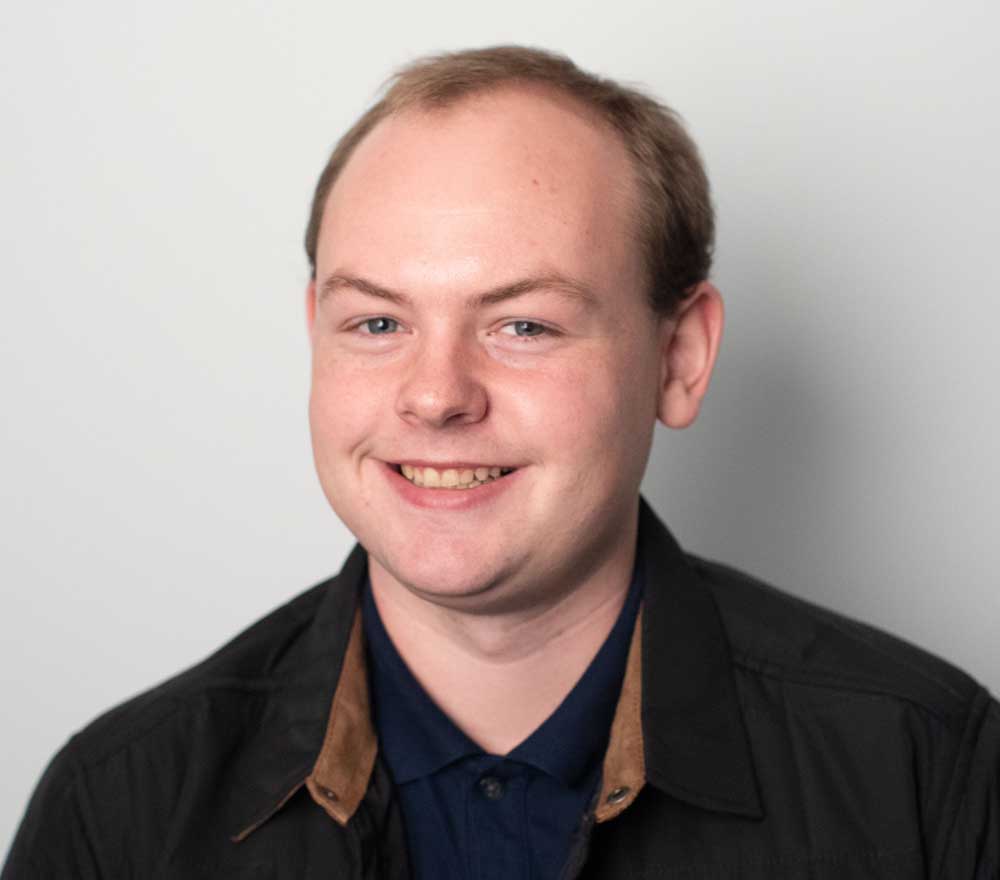Writer’s Notebook: Seeing each other again
Published 12:30 am Thursday, June 24, 2021

- Jonathan Williams
How do we come back? When? And what will it look like?
A small audience got to see the beginning of the arts’ next chapter on Sunday afternoon at the Liberty Theatre in a concert with members of the 45th Parallel Universe Orchestra.
Just under two hours, the concert was the Liberty at its best: intimate.
And it went off without a hitch. Besides a few films shown to audiences in the fall, this was the clearest return to live operations for the theater amid the pandemic.
It was also the first concert I had seen in a year and half. The previous one, the Columbia River Symphony’s 2019 holiday concert, also at the Liberty, was packed. On Sunday, you could almost clearly glimpse the face of an audience member rows away.
I saw that concert and this one with my grandma, Shirley. We’ve gone to concerts at the Liberty for years. We love it. The music fills us with joy and passion. Growing up playing viola, it connects me to my roots.
Getting in was easy. Masks were still required, and you simply walked through the lobby to the ushers who helped identify where your seat was and handed you the concert program.
Back too were the delights of the concert experience: the creak of a seat, a cough or sniffle and the crackling of popcorn being eaten. I also saw the theater more clearly, looking up at the gold paint around the vaudeville stage, the majestic chandelier and Italian murals high up on the walls. A mood of calm anticipation permeated the hall before the music began.
But in listening to Jennifer Crockett’s opening remarks, it was clear, as the pandemic has time and again laid bare, nothing is given.
Crockett, the Liberty’s executive director, hailed the theater’s progress in ongoing renovations (a new concession stand, renovated ticket kiosk and glass wall vestibule to dampen the sounds of Commercial Street) and also lamented the challenges of the pandemic. Without the support of locals and lovers of the arts, it’s difficult for places like the Liberty to flourish and keep the lights on.
We need each other. As Crockett said, the audience and musicians were there “because of each other.”
Sunday’s concert was similar to the delights of seeing an old friend: remembering the good times, enjoying the moment and wondering at the future.
Each piece was introduced by clarinetist James Shields, who gave excellent, accessible summaries of the composer, the work and instruments featured. He even noted one piece with connections to those of Finnish and Swedish roots.
The three works played by the Portland-based ensemble offered their own delights. A through line? Seeing the faces of Shields, violinists Emily Cole and Greg Ewer, violist Charles Noble and cellist Pansy Chang.
A face, like music, contains multitudes: exhibiting vigor and intensity in one instance only to change to relaxed and supportive in the next. You can see joy and passion. Focus. Connection.
After more than 15 months of not seeing people up close without a mask on, it was a revelation of what we’ve missed and are beginning to regain.
The first piece, Bernhard Henrik Crusell’s Quartet No. 1 in E-Flat Major for clarinet and string trio, was bright and gentle, with a steady pushing from the strings throughout.
The second, Mozart’s Allegro for clarinet, basset horn and string trio, was short, with strong unisons and transfers of the piece’s theme among the ensemble. It also featured Crockett on clarinet.
The third piece, Brahms’ Quintet in B Minor for clarinet and string quartet, which was also the longest, showed the ensemble’s range.
Like the face, a musician’s eyes are also worth noticing. Musicians visually communicate with each other: gazing at each other while playing in unison, cutting off at the same time.
A cornucopia of emotions emanated from the piece, with moments of long, light passages to vigorous runs with brief moments highlighting each instrument and their range: the violin’s shine, the viola’s deeper middle voice, the cello’s power and the clarinet’s range.
In short, the music matched the moment.
Chamber music, as it was originally performed, included having small ensembles of musicians come to patrons’ home to perform a salon-style concert. As Gustav Mahler, a composer of major symphonic works once said, “In its beginnings, music was merely chamber music, meant to be listened to in a small space by a small audience.”
So it was true, too, for Sunday’s concert.
While there weren’t any rumbles from timpani or a choir accompanying an orchestra, as has been the case in Junes past during the Astoria Music Festival, the smaller ensemble was more fitting for where we are now.
Just being there together, masked and spread across the hall, is worth celebrating.
Whether it’s music, theater, dance or art, when you’re ready, go out again with a friend. You’re bound to see familiar faces.
As the audience left the theater with the sun still aglow outside, an old emotion seemed to fill us: quiet hope.





